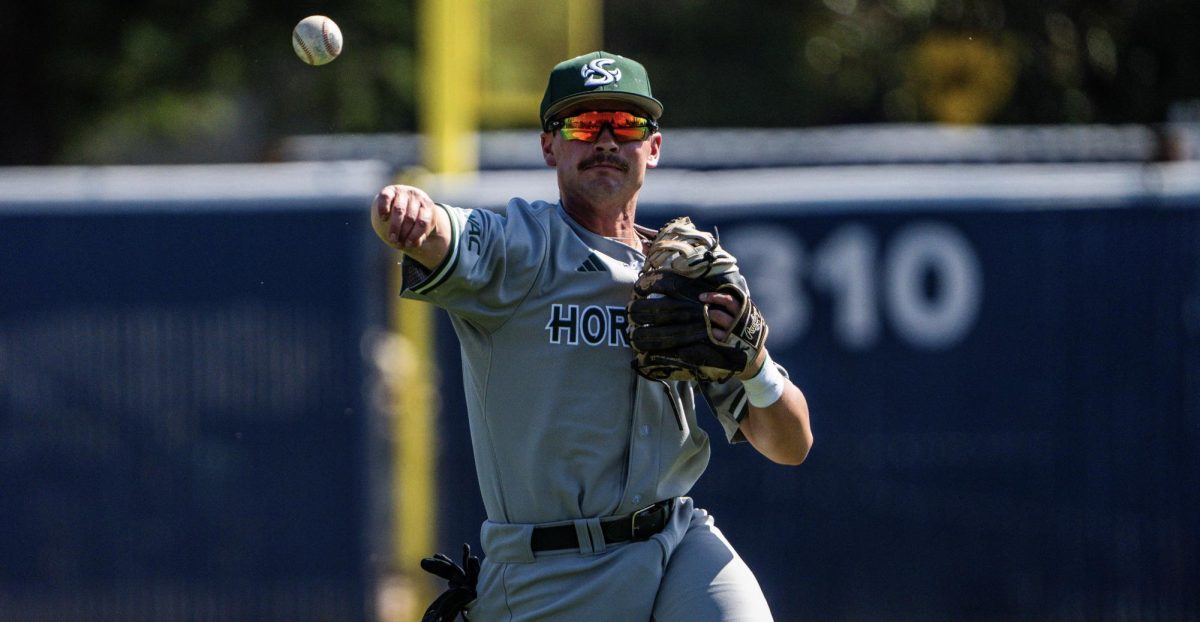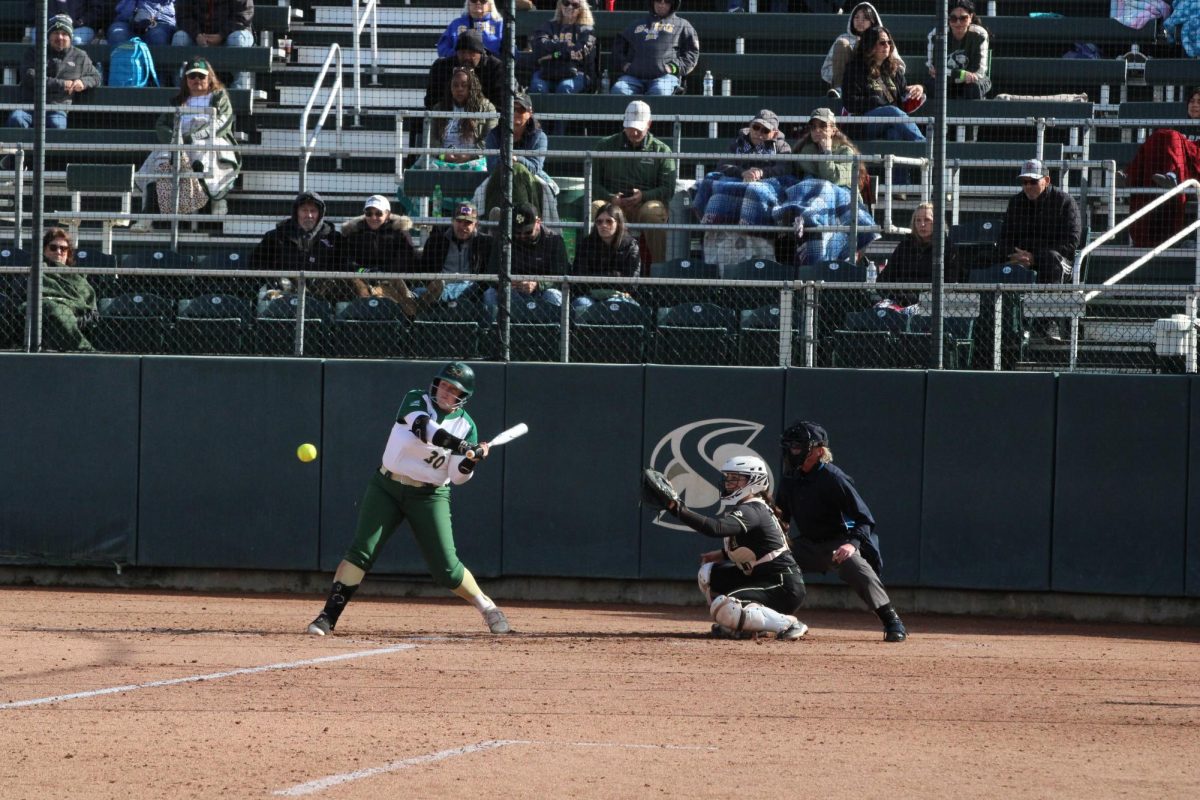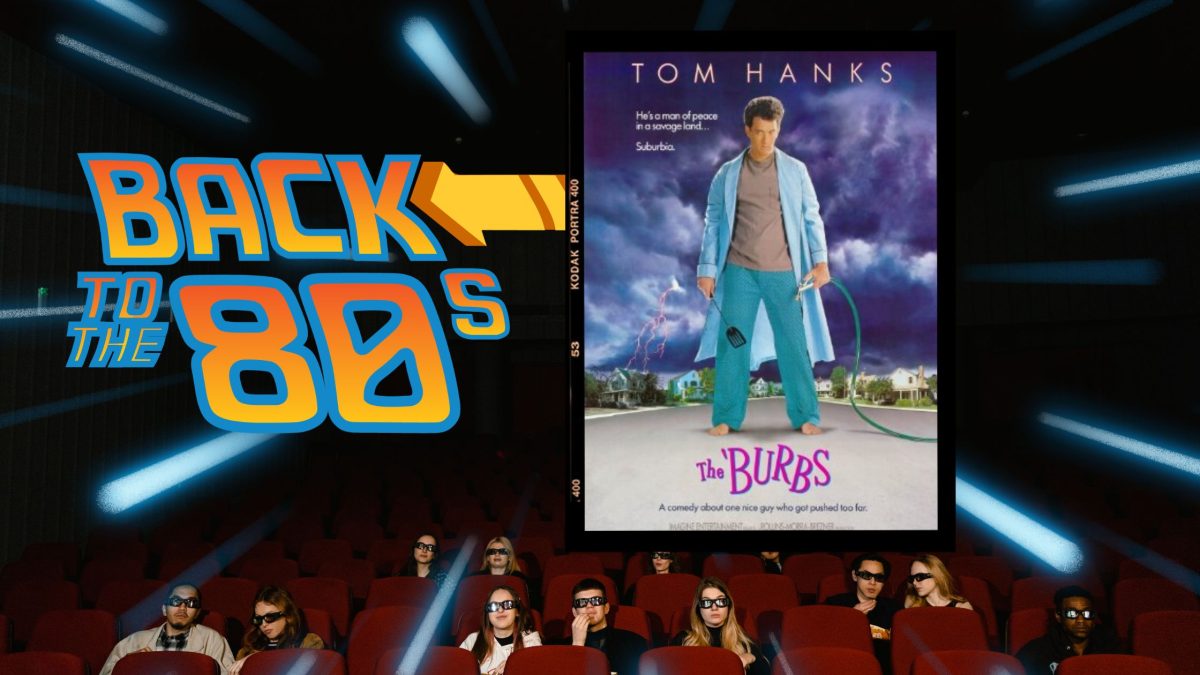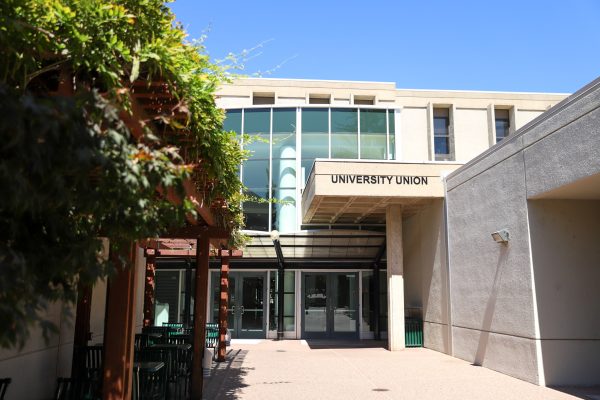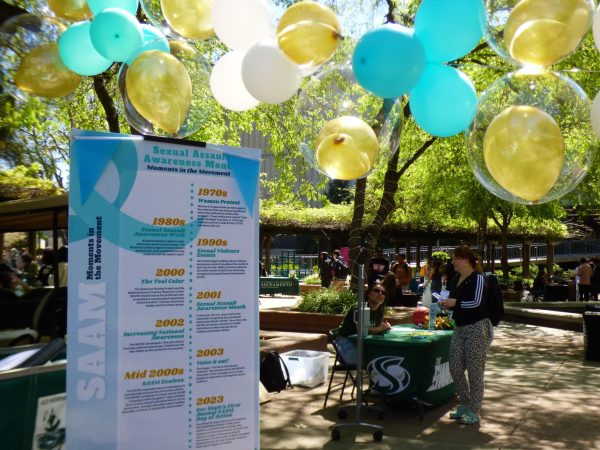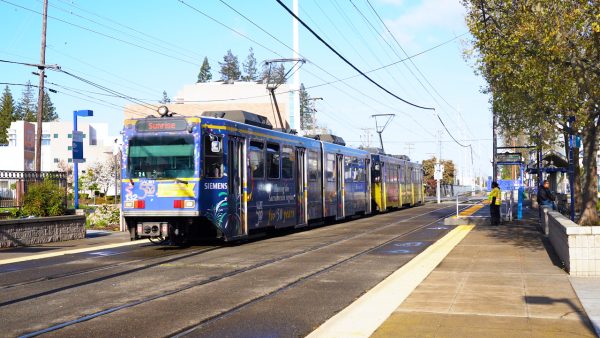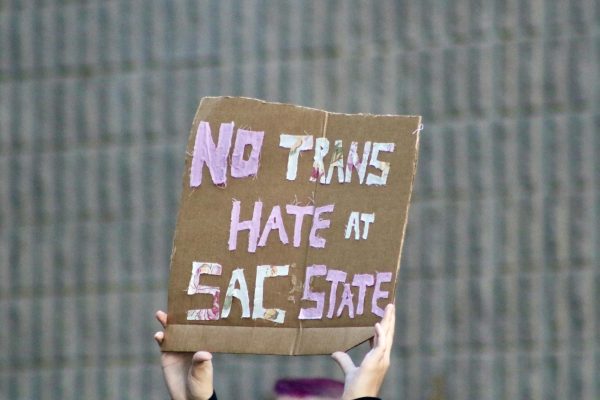Bike-free zones, lanes considered
April 2, 2014
Major changes to a Sacramento State policy on bikes, skateboards and other wheeled transportation could be implemented next fall.
Sac State Vice President for Administration and Chief Financial Officer Mike Lee is preparing to lead a preliminary discussion on designating a bike-free zone, with various members of the institution, including representatives from Associated Students Inc., Faculty Senate, Facilities Services, University Transportation and Parking Services and campus police.
Lee said he wants the zone to be in the center of campus where the heaviest foot traffic occurs and more protection for pedestrians is needed.
“We have received complaints about bikes and skateboards that are speeding,” Lee said. “Certainly it is not safe.”
Part of the plan involves adding bike and skateboard corrals around campus similar to the one guarded by UTAPS near the Guy West Bridge.
An increase of signage and addition of painted roadways would also designate where bikers can travel to help avoid dangerous collisions.
Sac State Police Chief Mark Iwasa said the campus has hundreds if not thousands of riders that travel through campus each week and even though there were no reported incidents of pedestrians being hit by bicyclists in 2013, that does not mean collisions are unlikely.
He said the lack of reports does not take into account the many anecdotal complaints received from students who were hit or almost hit by a bike.
“Anytime you have people travelling at different rates of speed, you have a problem,” Iwasa said.
A university policy put into effect in 2007 prohibited the use of wheeled devices on “any pedestrian walk, ramp, mall or patio.” The use of such devices within any building, on any stairs, paved areas or within any parking facilities is also banned.
Iwasa said the police have been lenient on the policy and there has been talk of altering the focus away from a full ban and more towards enforcing proper bike and skate procedures.
“I believe that addressing unsafe operation of bicycles is really the key,” Iwasa said. “Excessive speed, reckless operation (and) exhibitionism, those are all issues that we to take a hard line against because those are the things that cause injury.”
If the policy is changed over the summer, Iwasa said it would be well-advertised during student orientations. Laws may be enforced with traffic citations to get people to adjust and understand the change.
Iwasa said additional attention to bike and skateboard usage is needed. He would consider it reasonable for bikes and skateboards to be on campus if done so in a safe manner, but those who are riding reckless have to be held accountable.
“What are these guys doing at 20 miles an hour?” Iwasa said. “[It’s] dumb. Those people have to be stopped because it is just unsafe behavior and that type of a collision could be fatal at that speed. We just don’t want to see it.”
Rheena Munoz, a Sac State administrative support coordinator, said she used to ride her bike on campus, but seldom does it anymore because of how dangerous the crowded pathways are.
“You never know (who) is going to just pop in front of you,” Munoz said.
Alex Gwerder, an environmental science senior, ignores the bike policy and rides his on campus every day. He said no rule has ever enforced on him and most cyclists do not even know such a ban exists.
Gwerder said he has never been involved in a collision on campus because he is careful.
“I ride like a pedestrian,” Gwerder said. “Just like when people are taught to be defensive drivers, I ride my bike in a similar fashion.”
A bike-free zone feels extreme to Gwerder and he said it seems mainly done for liability reasons. While in support of designated bike lanes, he wants it to provide access to every building. If the lanes do not go throughout campus then Gwerder believes nothing will change and cyclists will ride wherever they want.
Munoz compared Sac State’s bike problems with UC Davis, a college that has been referred to as the “bicycle capitol of the U.S.” and the “pioneer of the bike lane”.
“I don’t know how people at Davis do it,” Munoz said. “If we had bike lanes and a bike culture like at Davis, then we can have a healthy riding community on campus. But it is not like that right now.”
Lee said the purpose of the bike-free zone project is in trying to find a good balance of allowing more efficient transportation choices and protecting students.
“The dilemma we face is that we want to encourage more students and faculty to use bikes instead of driving their car, but our policy has actually been prohibiting bikes from coming to school,” Lee said.
Iwasa said it is premature to say a change is imminent but there is a recognized need to discuss it.
“I am a bike advocate,” Iwasa said. “I want people to use something other than cars. I think it is great and part of the campus environment. I don’t think there are too many people who believe these bicyclists should be zigging in-and-out of people on their way to class.”







































